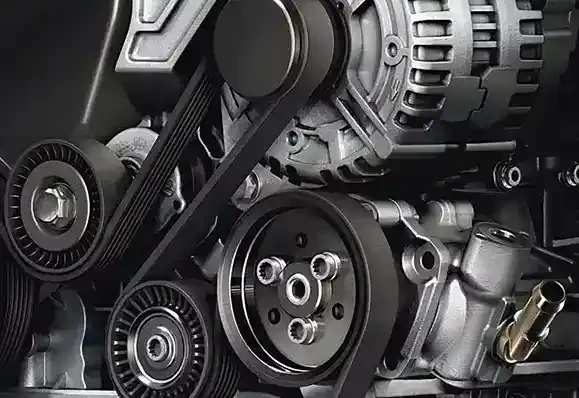- Arabic
- French
- Russian
- Spanish
- Portuguese
- Turkish
- Armenian
- English
- Albanian
- Amharic
- Azerbaijani
- Basque
- Belarusian
- Bengali
- Bosnian
- Bulgarian
- Catalan
- Cebuano
- Corsican
- Croatian
- Czech
- Danish
- Dutch
- Afrikaans
- Esperanto
- Estonian
- Finnish
- Frisian
- Galician
- Georgian
- German
- Greek
- Gujarati
- Haitian Creole
- hausa
- hawaiian
- Hebrew
- Hindi
- Miao
- Hungarian
- Icelandic
- igbo
- Indonesian
- irish
- Italian
- Japanese
- Javanese
- Kannada
- kazakh
- Khmer
- Rwandese
- Korean
- Kurdish
- Kyrgyz
- Lao
- Latin
- Latvian
- Lithuanian
- Luxembourgish
- Macedonian
- Malgashi
- Malay
- Malayalam
- Maltese
- Maori
- Marathi
- Mongolian
- Myanmar
- Nepali
- Norwegian
- Norwegian
- Occitan
- Pashto
- Persian
- Polish
- Punjabi
- Romanian
- Samoan
- Scottish Gaelic
- Serbian
- Sesotho
- Shona
- Sindhi
- Sinhala
- Slovak
- Slovenian
- Somali
- Sundanese
- Swahili
- Swedish
- Tagalog
- Tajik
- Tamil
- Tatar
- Telugu
- Thai
- Turkmen
- Ukrainian
- Urdu
- Uighur
- Uzbek
- Vietnamese
- Welsh
- Bantu
- Yiddish
- Yoruba
- Zulu
9월 . 25, 2024 22:17 Back to list
engine belt
The Importance of Engine Belts in Automotive Performance
In the world of automotive engineering, the engine is often referred to as the heart of a vehicle. Just as the heart pumps blood to various parts of the body, the engine drives power to different components of a car, keeping it operational and efficient. Among the myriad of components that make up an engine, one of the most critical yet often overlooked parts is the engine belt. Known by various names—serpentine belt, timing belt, or V-belt—these components play an essential role in the overall functioning of an automobile.
Understanding Engine Belts
Engine belts are flexible loops made of rubber or similar materials designed to transfer power from one part of the engine to another. They connect the crankshaft to various components such as the alternator, water pump, power steering pump, and air conditioning compressor. In essence, engine belts help to synchronize the movement of these parts, ensuring that they operate in harmony for optimal performance.
Types of Engine Belts
There are several types of engine belts, each serving different functions
1. Serpentine Belt This is a long, continuous belt that runs multiple components. It is called a serpentine belt because of its long, winding shape and is often used in modern vehicles for its efficiency in power distribution.
2. Timing Belt Unlike the serpentine belt, the timing belt is crucial for the operation of the engine's internal components. It synchronizes the rotation of the crankshaft and camshaft, ensuring that valves open and close at the correct times during each cylinder's intake and exhaust strokes.
3. V-Belt This is an older style of belt that, unlike the serpentine belt, typically drives only one or two components at a time. While they are being phased out in modern vehicles, they are still common in older models.
Importance of Engine Belts
engine belt

The significance of engine belts cannot be overstated. A failing or worn-out belt can lead to severe engine performance issues, including overheating, battery failure, and complete engine failure. For example, if a timing belt breaks, it can cause catastrophic damage to an engine, possibly bending valves or damaging pistons as the engine continues to run.
In terms of vehicle maintenance, regularly checking and replacing engine belts is crucial. Manufacturers often recommend inspecting these belts during routine maintenance checks, typically every 60,000 to 100,000 miles. Drivers should be on the lookout for signs of wear, including fraying edges, cracking, or noticeable slack in the belt.
How to Maintain Engine Belts
Maintaining engine belts involves several simple yet effective practices to ensure they function properly throughout their lifespan
1. Regular Inspections As mentioned, routine checks for wear and tear can prevent unexpected failures. Look for signs of damage, such as cracks, fraying, or signs of glazing, which can indicate excessive heat buildup.
2. Proper Alignment Ensure that all components driven by the belt are properly aligned. Misalignment can cause belts to wear out faster and can lead to additional stress on the engine.
3. Tension Checks Belts need to maintain the right amount of tension. If a belt is too loose, it may slip or come off entirely. Conversely, if it is too tight, it may strain the components, leading to premature failure.
4. Timely Replacement Following the manufacturer's recommendations for replacement intervals is crucial. Ignoring this can lead to significant repairs and costly downtime.
Conclusion
In summary, engine belts play a pivotal role in the functionality and performance of vehicles. They may be small components, but their significance in connecting and powering the engine and its auxiliary parts cannot be overlooked. Understanding the different types of engine belts, their functions, and the importance of regular maintenance can help vehicle owners avoid costly repairs and ensure their automobiles run smoothly for years to come. As with all automotive components, being proactive about engine belt maintenance ultimately leads to better performance, increased efficiency, and improved safety on the road.
-
Korean Auto Parts Timing Belt 24312-37500 For Hyundai/Kia
NewsMar.07,2025
-
7PK2300 90916-T2024 RIBBED BELT POLY V BELT PK BELT
NewsMar.07,2025
-
Chinese Auto Belt Factory 310-2M-22 For BMW/Mercedes-Benz
NewsMar.07,2025
-
Chinese Auto Belt Factory 310-2M-22 For BMW/Mercedes-Benz
NewsMar.07,2025
-
90916-02660 PK Belt 6PK1680 For Toyota
NewsMar.07,2025
-
drive belt serpentine belt
NewsMar.07,2025

